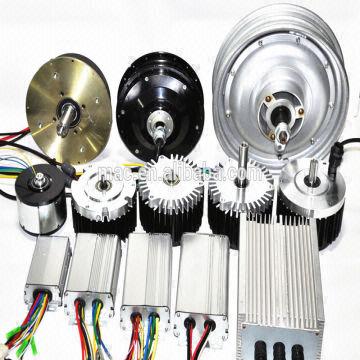


These fields are decoupled and stationary with respect to each other. In a DC motor the field flux Φ F produced by the field current I F is perpendicular to the armature flux Φ A produced by the armature current I A. Vector control of an AC induction motor is analogous to the control of a separately excited DC motor. To control the torque producing current separately from the magnetic flux producing current so as to achieve the responsiveness of a DC machine. Vector control seeks to recreate the orthogonal relationship in the AC motor. In scalar based control the angle between the two fields varies considerably. Torque in an electric motor varies as a function of the stator and rotor fields and is at its peak when the two fields are orthogonal to each other. Vector Control or Field Orientation Control In order to control the motor the three-phase supply is varied only in magnitude and frequency.

The steady-state model of induction motor is mainly used to derive the technique, so transient performance is not possible. Scalar control (or V/Hz control) is a simple technique to control speed of induction motor. Product Change Notifications (PCN) Search.Renesas Ready Partner Network (Software).Multi-Channel Power Management ICs (PMICs).Jitter Attenuators with Frequency Translation.R-Car Automotive System-On-Chips (SoCs).RX 32-bit Performance / Efficiency MCUs.


 0 kommentar(er)
0 kommentar(er)
